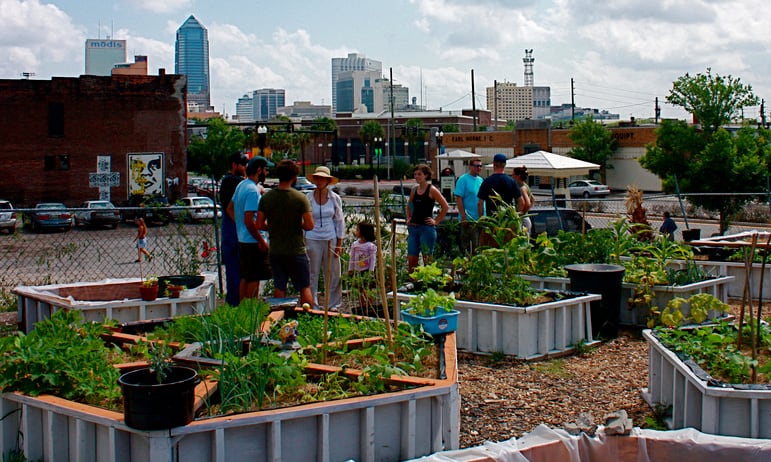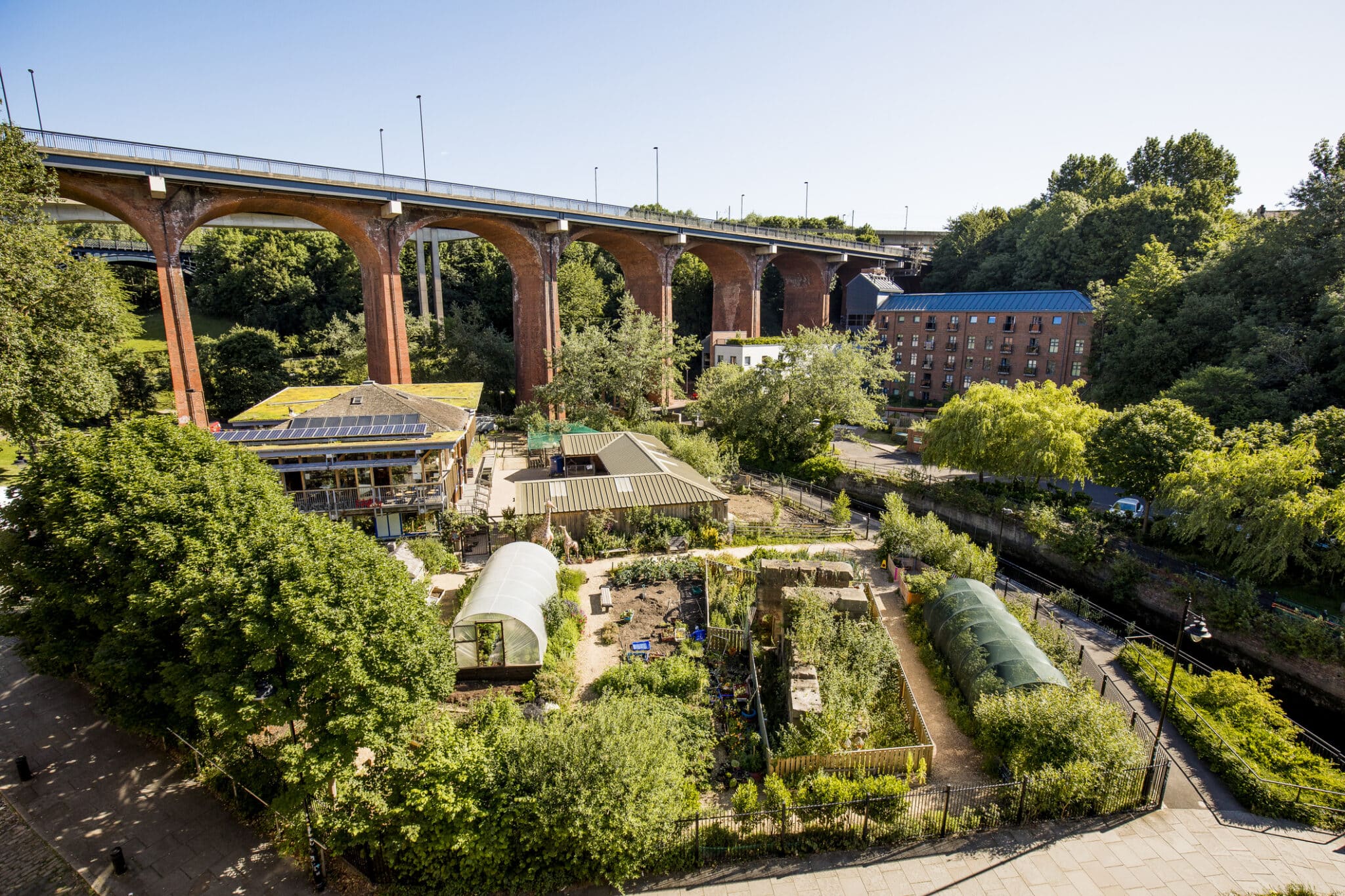All About City Blooming
Fascinated in expanding food available for sale in the City of Chicago? Thinking of starting an area garden? Changes to the Chicago Zoning Ordinance allow farming uses like area yards and metropolitan farms in lots of components of the city. Below is a listing of often asked questions regarding the guidelines and laws that farmers must consider when intending an urban farming project.
The zoning change does not change any type of various other codes handling composting, building authorizations, acquiring or renting City possessed property, service licenses or ecological contamination. There are existing codes that control these issues and they remain completely result and may be suitable to your project. Neighborhood yards are normally possessed or taken care of by public entities, public companies or community-based companies and maintained by volunteers.
Urban ranches expand food that is meant to be offered, either on a not-for-profit or for-profit basis. As a result of their industrial function, urban farms call for a service license. Yes. A community garden is allowed to offer excess generate that was expanded on website if the sales are accessory or subservient to the yard's key purpose described above.
What Does City Blooming Mean?
The quantity of compost material can not surpass 25 cubic lawns at any provided time according to the standards in 7-28-715 of the City's Municipal Code. Due to the fact that the soil at the majority of new garden websites needs changing, compost, soil, wood chips, or other products can be gotten to construct or enhance the growing room.

If a structure license is needed then the hoophouse will certainly be thought about an accessory building. You can find out more about the building authorization demands by contacting the Division of Structures. The 25,000-square-foot dimension limit is intended to avoid a single community yard from dominating a provided block or diminishing the block's existing property or commercial character.
The limit does not use to gardens situated in Public Open Room (POS) districts. Can there be even more than one community yard that is 25,000 square feet on a solitary block? Fencing is not required, nevertheless, gardens that have large parking areas may be called for to mount fencing or other landscape design functions.
4 Simple Techniques For City Blooming
B1 & B2 areas require that all industrial usage tasks be performed inside your home. R areas limit commercial task. The laws mirror the objective and intent of the Zoning Code. Is fencing needed for urban farms? Yes. Fences may be needed, in addition to landscape design and testing, for particular parking lot and exterior job or storage space areas relying on area and the details task taking area.
Urban ranches require structure authorizations and zoning authorizations prior to building (home and garden). Various other types of city review may be needed depending on specific frameworks, activities, size, landscape design, licensing, public heath and stormwater monitoring issues.
Yes. The sort of license is determined by what is happening at the site. The Department of Company Affairs and Customer Defense can assist identify the specific sort of organization license that's needed. Yes. Off road car parking is needed for most industrial tasks in Chicago. The required number of garage is based on the number of workers functioning on site and not the square video footage of the growing room.
How City Blooming can Save You Time, Stress, and Money.

An urban farm can sell compost product created on website, however, the operation should comply with the policies in 7-28-715 of the Chicago Municipal Code. Aquaponic systems are permitted indoors on city farms in lots of zoning areas.
As much as five hives or colonies of honey might be kept as an accessory usage. However, beekeepers should register with the Illinois Department of Farming. To find out more concerning the suggested zoning change you may call the Division of Housing and Economic Development, Bureau of Preparation and Zoning at 312.744.8563.
, which takes location in country locations at the edge of suburban areas.
City Blooming Can Be Fun For Anyone
It can include a motion of natural growers, "foodies" and "locavores", that seek to create socials media based on a common principles of nature and area holism. These networks can establish by way of formal institutional support, becoming incorporated right into local town as a "transition town" motion for lasting metropolitan development.
In either instance, the much more straight access to fresh vegetable, fruit, and meat items that might be understood with urban agriculture can enhance food safety and food safety while reducing food miles, causing lower greenhouse gas emissions, therefore adding her latest blog to environment change mitigation. Several of the first evidence of urban agriculture comes from Mesopotamia.
Comments on “Some Known Questions About City Blooming.”